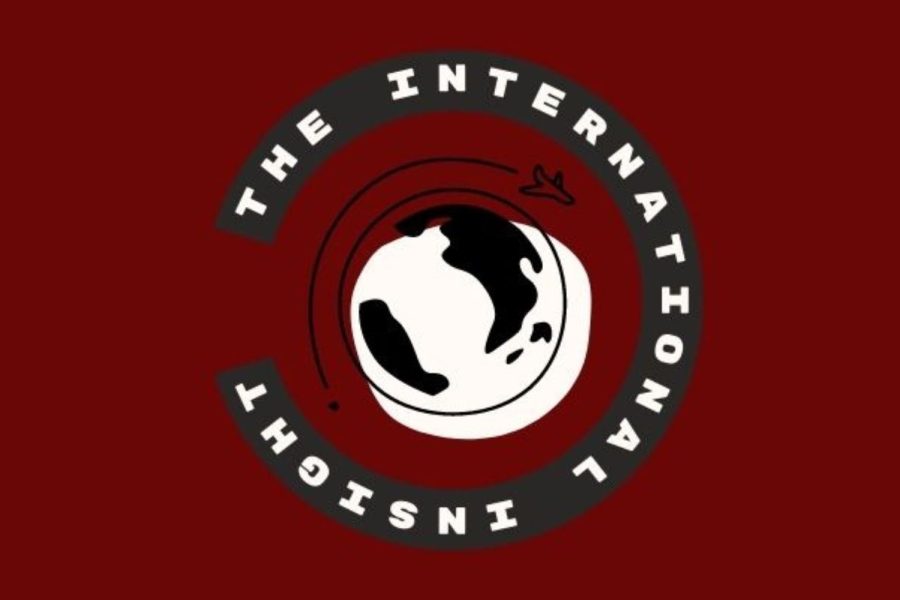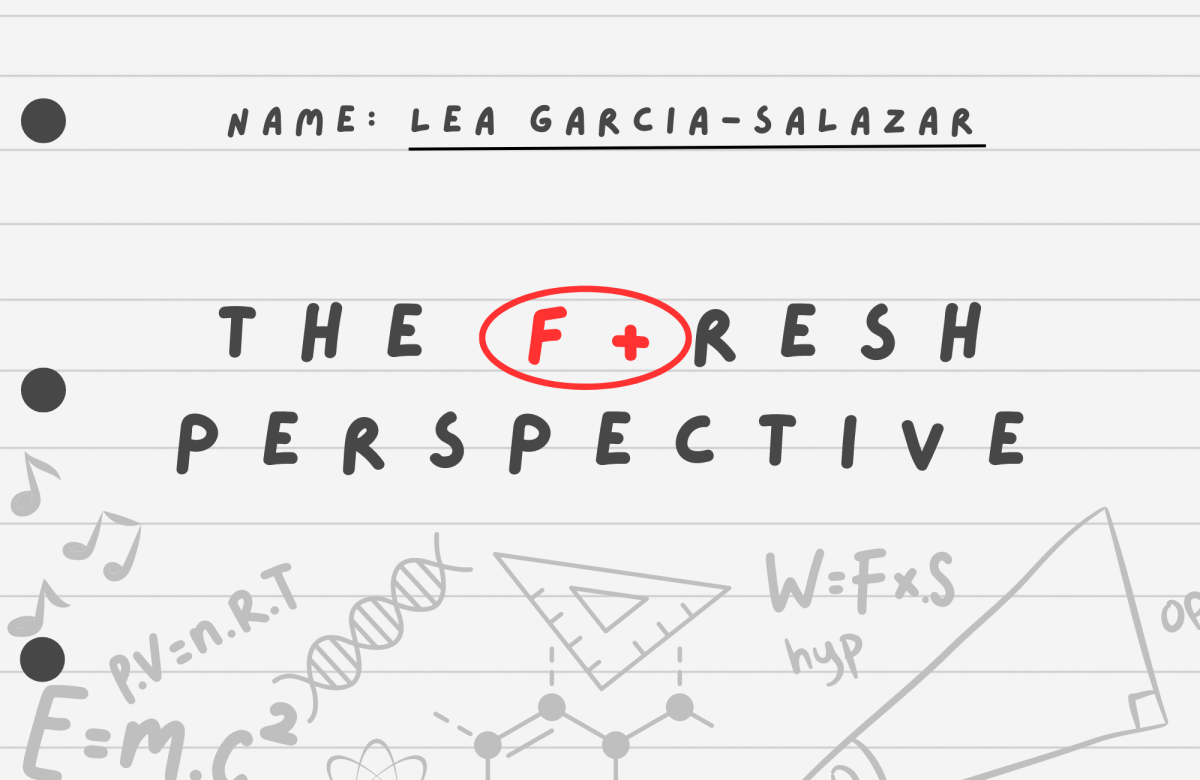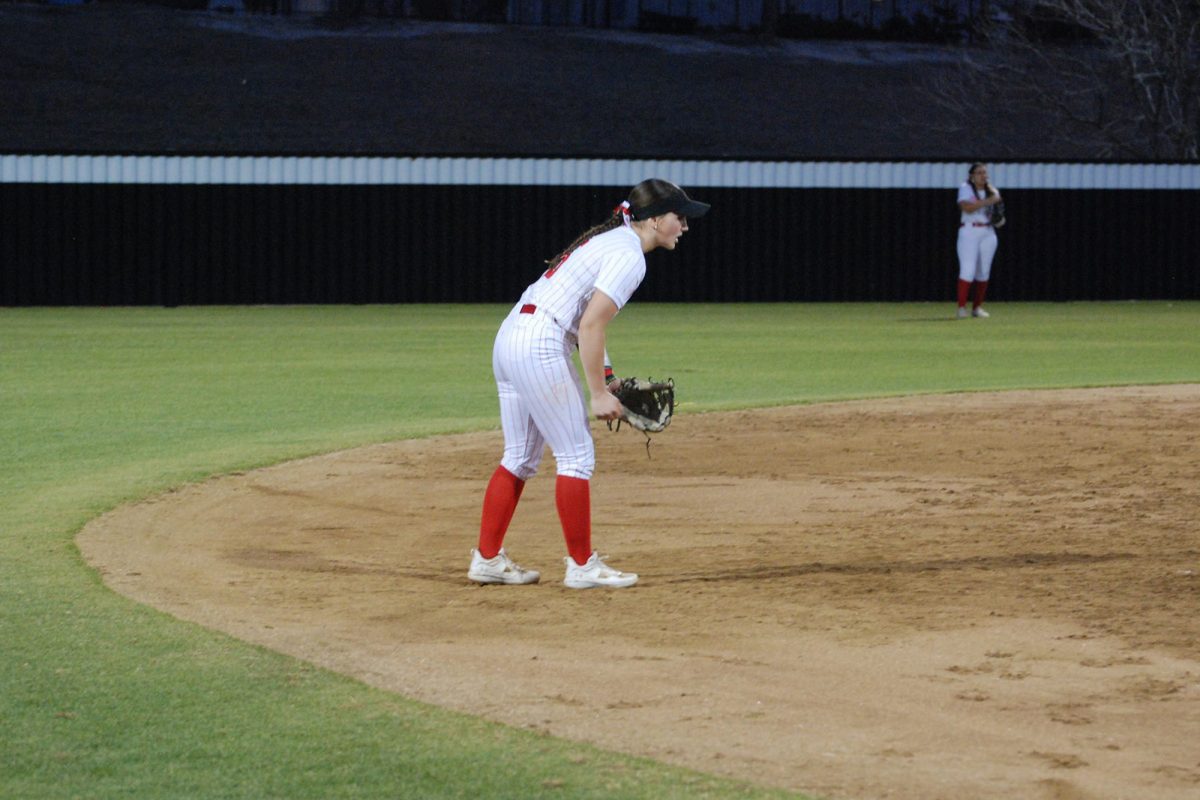Sri Lanka’s government took an unexpected turn on Sunday with the election of Anura Kumara Dissanayake, the leader of Sri Lanka’s Marxist and left-leaning coalition, as president. Dissanayake’s election comes nearly two years after the overthrowal of former president Gotabaya Rajapaksa and the economic crisis that followed.
Since his election, Dissanayake’s actions as president have involved dissolving Parliament, or Sri Lanka’s legislative body, citing the discord between the wishes of Sri Lankan citizens and the actions of the members of Parliament, with the date for the election of new representatives to Parliament set for Nov. 14. In addition, Dissanayake has appointed Harini Amarasuriya, one of the members of the now-dissolved Parliament from Dissanayake’s party, as prime minister, making her the third woman to serve as the prime minister of her nation.
To understand the impact of Dissanakaye’s election, we must first understand the political turmoil that ensued in Sri Lanka in 2022.
In the beginning of 2022, Sri Lanka faced one of its worst economic crises. Sri Lankans saw severe shortages of vital goods like fuel, loss of power, and extreme increases in prices with the inflation rate hitting 50%. As a result of the fuel shortages, diesel and gas sales grew severely restricted to the point where the government closed schools and promoted work-from-home.
To rub salt in the wound, Sri Lanka was simultaneously suffering from serious foreign debts, and ultimately defaulting on the interest on its debts, significantly worsening the island nation’s economic situation on the global stage.
But, Sri Lanka’s economic crisis was only the fuel in a fire that had been burning for years. Years of human rights abuses and neglect at the hands of the nepotistic “ruling” family of Sri Lanka, the Rajapaksas, came to a head in 2022 as the government continually deflected concerns about the economic havoc, citing the COVID-19 pandemic.
The fury of the Sri Lankans manifested itself in the storming of the presidential palace, leading to the banishment of then-president Gotabaya Rajapaksa. Unfortunately, the Sri Lankans’ success didn’t last for long, as Ranil Wickremesinghe, a politician who opposed Rajapaksa, was appointed as president.
Although Wickremesinghe strived to remedy the economic crises, he still proved to be a safe haven for the corruption and nepotism enshrined in Sri Lanka’s politics and upper levels of government, blocking any attempts at bringing the Rajapaksa family to justice.
It was in this political climate that Dissanakaye secured the presidency, running against Wickremesinghe, the former president; Sajith Premadasa, the son of a former president and the current leader of an opposition party; and Namal Rajapaksa, the son of Mahinda Rajapaksa, a former president and prime minister.
Dissanakaye’s election presents an opportunity for intense change in Sri Lanka. Basing his platform on promises to reverse the economic devastation the island nation has seen these past few years, supporting the poor, and curbing corruption, Dissanakaye seems to be a welcome alternative to the nepotism and corruption that defined the past few years of Sri Lankan governance.
Perhaps Dissanakaye will truly stand by his promises and pledges and bring about real change in Sri Lanka. Or perhaps he too will also prove to be a testament to the corrupting influence of power. But whatever may be the case, Dissanakaye’s election marks the start of a new chapter in Sri Lanka… one that holds the Sri Lankan people’s hope for a better future.


















